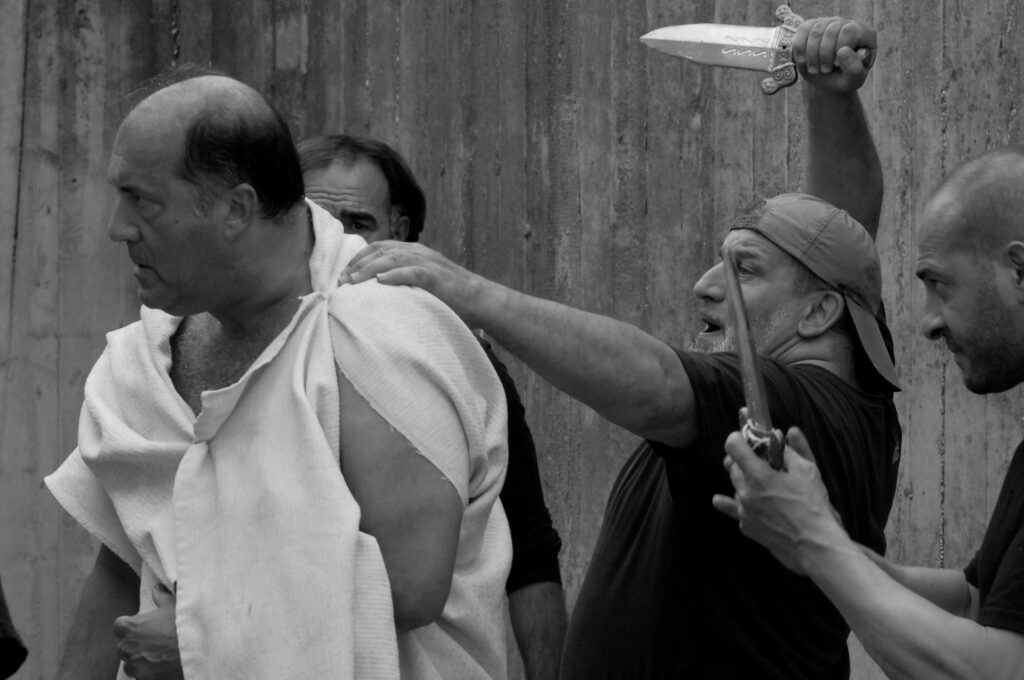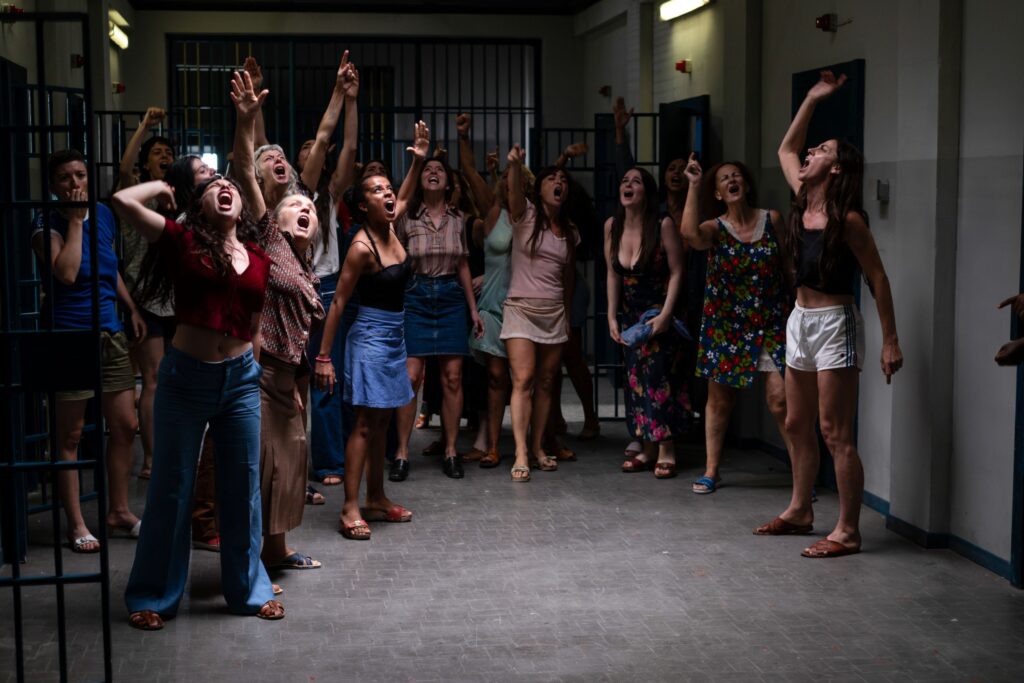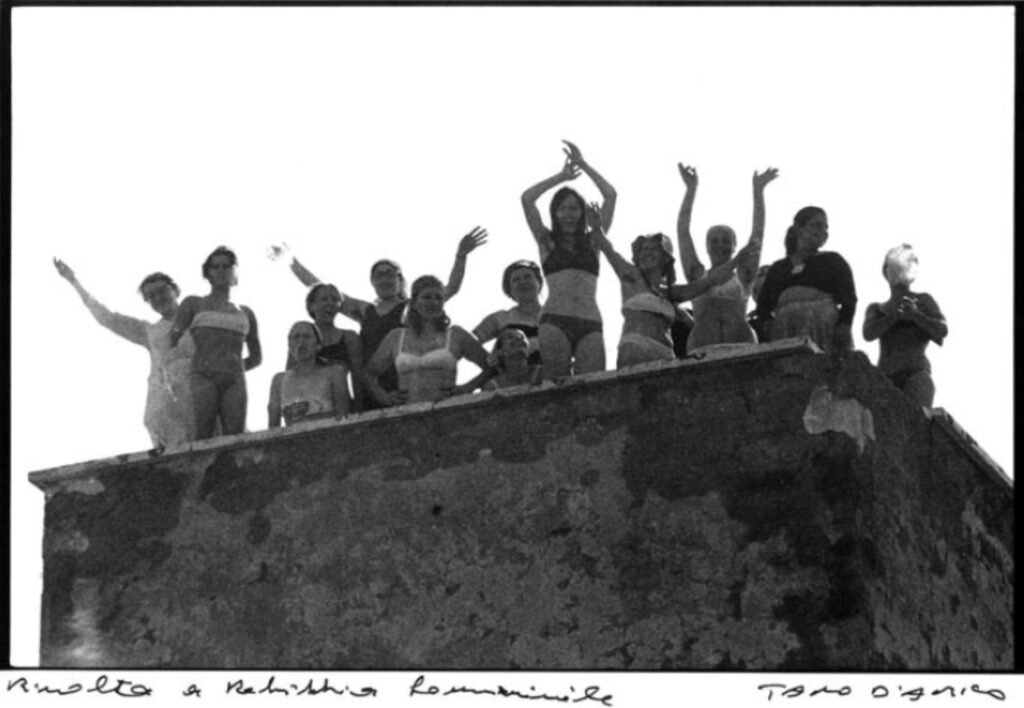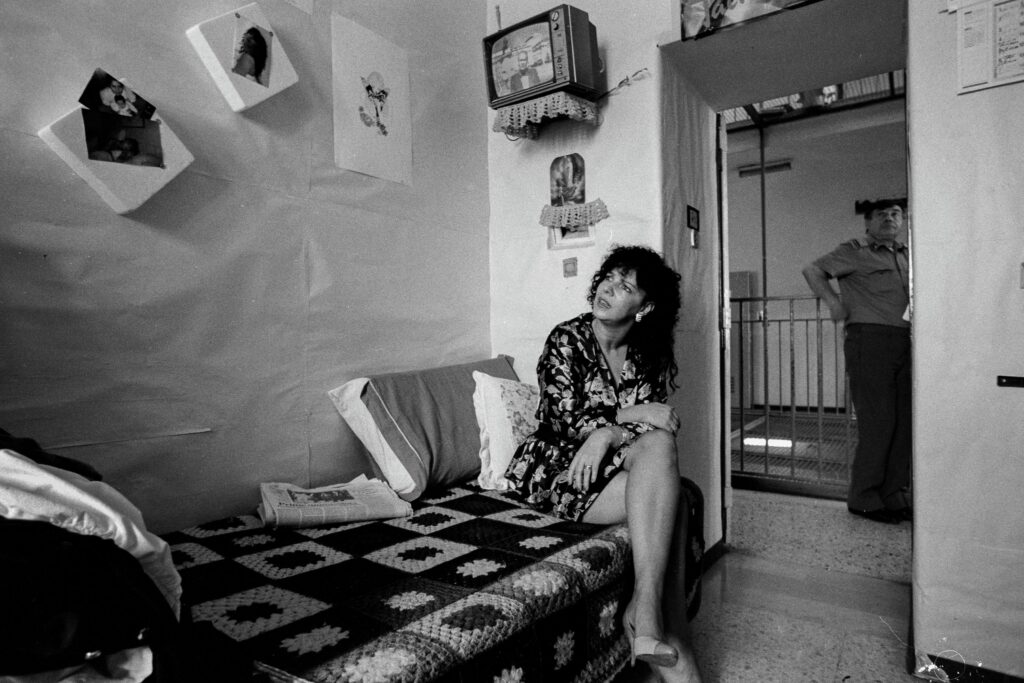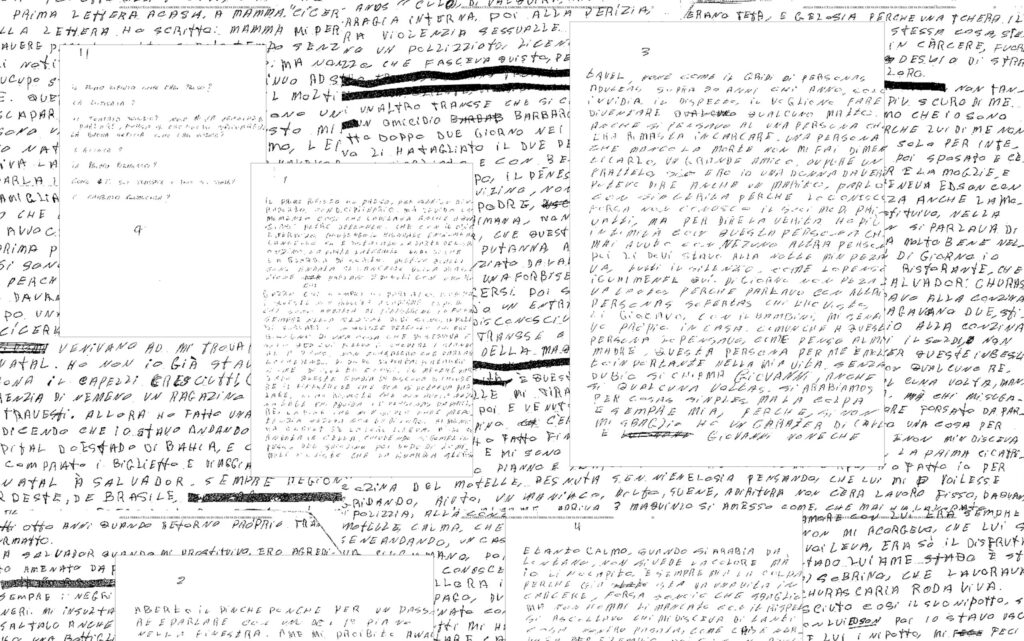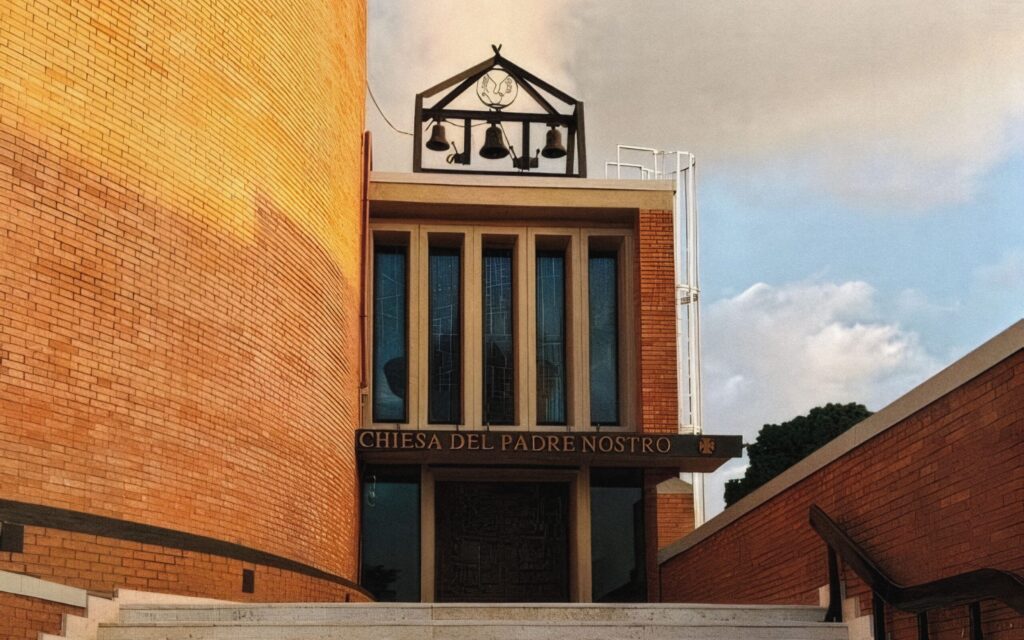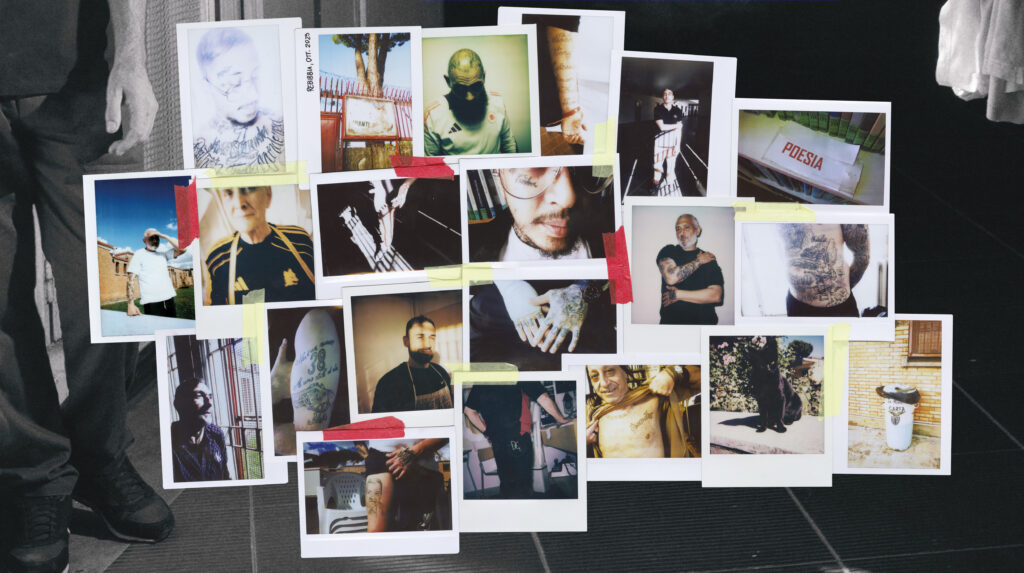The birth of a contemporary Korean sound in forgotten and straight-edge clubs

On the ninth floor of the Gukilgwan Dreampalace, a 15-story building with a strange trapezoidal shape located between the Jongno 3-ga and Euljiro 3-ga metro stops, not far from the Cheonggyecheon canal and Seoul city centre, hides a colatek for adults. The first time I stepped into it was on a sweltering Saturday afternoon in August 2022—I was there to do a site visit with the ACS team, a club in Euljiro’s underground scene, in preparation for the event that would take place a week later, during which I would be wearing a mascot costume—a clever trick to enjoy the party while getting paid instead of paying for it myself.
In Seoul, it’s common for many clubs to be hidden in buildings, with little to no indication of what’s inside from the outside. Or maybe it’s just a result of my European perspective, where I expect clubs and shops to be street-facing, while South Koreans are more accustomed to the idea that behind plain walls and after passing through a couple of offices and climbing a few flights of stairs, something special might be hidden. The ground floor of the Dreampalace doesn’t suggest it’s the entrance to a place of entertainment: it’s a large, grey cavern with a humble restaurant and a convenience store (those 24-hour mini-markets found on every corner of the city), a couple of elevators, and a side entrance leading to a jjimjilbang, a traditional Korean sauna. The floor directory shows that on the fourteenth floor there’s a dentist’s office; on the thirteenth, a real estate agency; and on the floors above, a few academies and various commercial establishments. But on the twelfth floor, there’s a karaoke room, or Korean norebang; a billiards room on the sixth; a bar a few floors up, and even a climbing gym in the basement. And then, on the ninth floor, the colatek we were heading to that August afternoon.
The word colatek comes from the merging of Coca-Cola and discotheque, and it’s the term coined for those clubs that began to spread in South Korea at the end of the 1990s as entertainment venues for underage audiences, for whom, by law, drinking and smoking are prohibited. Hence the association with “cola,” as alcohol was banned, and only non-alcoholic drinks were served. However, over the course of a few years, and also due to the early 2000s rise of PC Bangs—gaming rooms where you could challenge your friends at the computer—teens stopped going to these clubs. Many of them ended up closing their doors, either to survive or to completely shift their target audience, reinventing themselves as dance halls for the elderly. This is a significant category, since about 20% of South Korea’s population is over 65, and for reasons of age and health, they were—and perhaps still are—less discouraged by the ban on alcohol consumption, an activity that is an integral and fundamental part of the country’s culture and social life.

The colatek in the Gukilgwan Dreampalace is nearly the size of a basketball court and sits next to a restaurant serving classic Korean pub dishes at rock-bottom prices, especially traditional favourites preferred by the elderly, like beondegi-tang, a soup made with silkworm larvae. Even the entrance to the dance hall is as cheap as 1000 won, less than a euro, and it offers the possibility of spending the whole afternoon there. The clientele, mostly in their seventies and eighties, doesn’t stay up late, and the colatek generally shuts its doors early in the evening—the floor, perfectly waxed, allowing for light, easy steps as the next round begins.
We enter through a dark corridor, first passing through the restaurant, and our arrival raises a few eyebrows: What are a couple of tattooed Korean guys and a foreign girl doing here? Even though we’re in the heart of Seoul, where both of these things are far from rare, no one expects to see us there. You can tell from their faces that they’re surprised we even know about this place. I, unaware and unprepared, follow my friends without asking too many questions, especially considering my limited knowledge of Korean at the time. The truth is, the wide-eyed looks are also mine; the restaurant opens up to a shining dance hall, kitsch in the best possible way, decorated with flags from around the world, mirrors, strobe lights, and colourful neon signs. I’m excited and grateful to my friends for bringing me to a place I would have hardly accessed on my own. And the booming music drives me crazy.
Bus tours, popular among retirees, are equipped with karaoke machines, allowing passengers to sing and dance to trot music during long highway drives.
On the small stage at the centre of the hall, there are at least a dozen synthesisers stacked one on top of the other, and a musician in a white suit who skillfully navigates between keyboards and drum machines, singing somewhat mournful melodies, in apparent contrast with the syncopated rhythm of the instruments. The sounds I define as mournful are the distinctive feature of the trot singing style, a Korean music genre. The voice modulation technique is known as kkeokki (꺽기), and it’s not at all easy to master.
Born during the Japanese occupation in the early twentieth century—and for this reason often accused of not being “truly” Korean but rather a mere copy of Japanese music—trot is characterized by a 2/4 or 4/4 rhythm and a melody that often uses a minor pentatonic scale, known in Japan as yonanuki (ヨナ抜き音階). Over time, composers began to write trot songs in major keys as well, or using a heptatonic scale, and numerous subgenres emerged, influenced by different musical eras and styles, ranging from disco-trot to techno-trot. Colloquially, some people also refer to it as ppongtchak—a slightly derogatory nickname that mimics the genre’s unrefined rhythm—an onomatopoeia reflecting the music’s beat, where “ppong” represents the weak beat and “tchak” the strong one.
If the period between the 1960s and 1970s is considered the golden age of trot, starting from the 1980s, the genre began to be seen less and less as music that educated urban youth would listen to. Instead, it became increasingly associated with older generations, rural and less educated communities, artisans, industrial workers, and the lower classes. This is the kind of music that, to this day, still plays in traditional markets and at local fairs, as well as in workshops and small stores along the streets of Euljiro, Jongno, and Dongdaemun in Seoul. It's also a staple on highway rest stops and bus tours—a popular group travel activity in South Korea, especially among seniors and retirees—on buses often equipped with karaoke machines and small drum machines, where passengers sing and even dance to pass the time during long drives.
The star of the night, organised by ACS at the colatek in Gukilgwan Dreampalace, is E-Paksa. Born in 1954, Yong-seok Lee—his real name—worked for over a decade as a guide and entertainer on one of those tourist buses during the late 1980s and early 1990s. In 1989, he released his first album: a medley of popular ppongtchak songs reinterpreted in his unique style. The album went on to sell 400,000 copies, and was followed by more than twenty others. The medley format represents one of the most distinctive variations of trot—a continuous sequence of hits from the genre, rearranged by the performer. Initially distributed on cassette tapes, these medleys are now mainly sold on USB sticks.
It was E-Paksa who created techno-trot, blending trot with electronic and rap music, and infusing it with chuimsae (추임새)—exclamations made by the performer and the audience to encourage greater listener participation.
It was E-Paksa who created the new style known as techno-trot, blending the classic aesthetic of the genre with elements of electronic and rap music, and infusing it with distinctive features of traditional Korean music such as pansori. This includes the use of chuimsae (추임새)—exclamations made by both the performer and the audience—which heighten the intensity of the performance and encourage greater listener participation.
The crowd gathered that August—shouting back and dancing along—is not made up of seniors, but of millennials and members of Generation Z, people in their twenties to forties. E-Paksa has won them over with his musical pastiche and his eccentric, informal style, which aligns more closely with the urban youth of today than with his own generation. Today, it is the young alternative scene of Euljiro—centred around ACS clubs and Seendosi, tucked between hardware shops and camera stores along those streets—and DJs and musicians like C Bong Sae, 88Jeong, and Seesea, also known as Techno Gaksuli, who have sparked the genre’s revival. They are in search of a distinctly Korean sound—one that, like Vietnamese vinahouse and Filipino budots, might finally gain recognition on the global stage.

Another revival—one perhaps slowly making its way into the South Korean mainstream—is led by the producer 250, one of the other highlights of the night. He is the author of the 2022 album Ppong (뽕), a reinterpretation of ppongtchak that marks the peak of a musical exploration he had begun years earlier, documented in a series titled In Search of Ppong (뽕을 찾아서). Although he also comes from the underground scene, he became widely known as the producer behind the globally famous K-pop group NewJeans. Who knows—perhaps we will see more crossovers between K-pop and ppongtchak in the future. One group, Seventeen, gave it a try at the end of 2023 by releasing a trot-style remix of their track God of Music—though in a light-hearted, parody tone rather than as a serious genre experiment.
The party ends around 2 a.m.—a rare occurrence for the colatek at Dreampalace. Plans for the next event are already being discussed and, as of 2025, two more have already taken place. A young stranger asks me if I liked the music, curious to know whether a foreigner could enjoy a genre that many Koreans are ashamed of, for fear of seeming unrefined—a genre often snubbed, or at best appreciated in secret as a “guilty pleasure.” Personally, I find it fantastic, fun, exhilarating—and revealing of a side of Korean culture I hadn’t known about, but had longed to discover. It feels, at once, both retro and futuristic. Unsurprisingly, the event—or perhaps even movement by now—is called Future Kwankwang Medley, with “kwankwang” (관광) referring to the tourist buses on which E-Paksa first launched his career.
